Copyright 2014 by Stackpole Books
Published by
STACKPOLE BOOKS
5067 Ritter Road
Mechanicsburg, PA 17055
www.stackpolebooks.com
All rights reserved, including the right to reproduce this book or portions thereof in any form or by any means, electronic or mechanical, including photocopying, recording, or by any information storage and retrieval system, without permission in writing from the publisher. All inquiries should be addressed to Stackpole Books.
Note: Every effort has been made to ensure the accuracy and completeness of the material presented in this book. Neither the publisher nor the author assumes responsibility for errors, typographical mistakes, variations in an individuals work, or the use of materials other than those specified.
Printed in the United States of America
10 9 8 7 6 5 4 3 2 1
FIRST EDITION
Cover design by Caroline Stover
Library of Congress Cataloging-in-Publication Data
Fall, Cheryl, author.
Simply samplers : easy techniques for hand embroidery / Cheryl Fall.
First edition.
pages cm (A needleknowledge book)
ISBN 978-0-8117-1292-7
1. Embroidery. I. Title.
TT770.F355 2014
746.44dc23
2014014847
eBook ISBN 978-0-8117-6068-3
This book is dedicated to my stitching friends. They are a continuing source of encouragement, inspiration, needlework fellowship, and a good laugh now and then.
Visual Index

Discover more fresh Craft books, eBooks, and inspiration for your next project!
With detailed, step-by-step photos and clear instruction, Stackpoles craft titles show both beginning and experienced crafters exactly how-to!
Visit
Stackpole Books Crafts & Hobbies webpage


Starting and Ending Your Thread
The first rule of embroidery is: No knotsnot everunless they are an integral part of the design. Knots are not only unnecessary, but they can come undone after the project is used or laundered, causing stitch loss, which results in bumps and ugly tails on the back side of the work. Instead of using a knot, your thread should always start and end with a tail of thread that passes underneath the thread on the back side of the work. There are two easy ways to do this at the beginning of your work.
A waste knot can be made when working cross-stitch or countedthread projects. To use a waste knot, place your knot so that it will be directly in the line of stitching. Once you have overstitched the tail of the thread, clip the knot and trim the tail.
An away knot is a temporary knot that is made a few inches from where your stitching is set to begin and is handy for surface embroidery projects. After you have completed stitching the area, the knot is clipped from the piece, the resulting tail threaded through the eye of the needle, and the tail woven through the stitching on the back side of the work.
With both techniques, the thread should be woven through the stitching on the back side of the work when ending off.
Keeping your work knot-free with these techniques is easy peasy, so no excuses.
Determining and Changing Thread Count
All of the designs in this book tell you what fabric was used to make the sample shown in the photograph. However, if you wish to use a piece of fabric that you already have in your stash, but are unsure what the finished size of the piece will be, heres the simple math:
. Determine the number of stitches along the top (horizontal) edge and one side (vertical) edge of the pattern. This can be done by counting the number of squares in the pattern grid. To make things easier, there are 10 small squares for each larger square in the grid.
. Divide the numbers from step 1 by the thread count. In this example I am using a pattern that is 60 vertical stitches by 80 horizontal stitches:
 6-count Aida yields a finished size of 10" x 13.33"
6-count Aida yields a finished size of 10" x 13.33"
 8-count Aida yields a finished size of 7.5" x 10"
8-count Aida yields a finished size of 7.5" x 10"

Next page
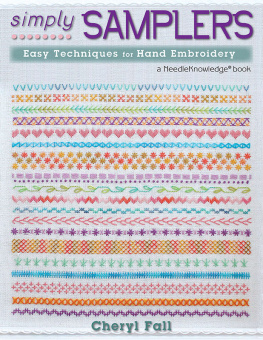



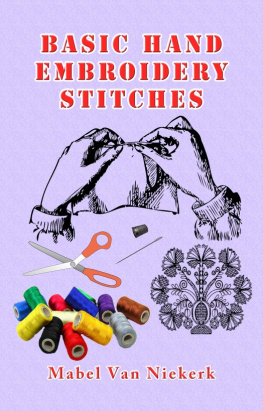

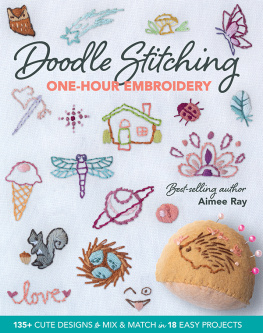
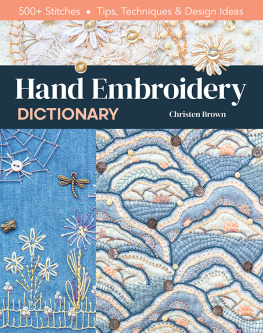
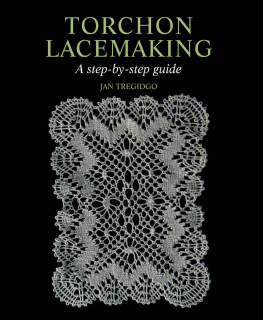
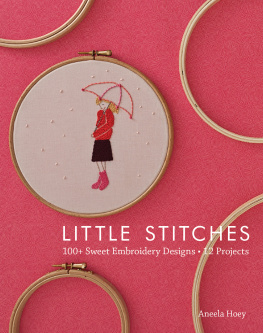
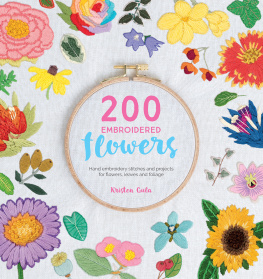
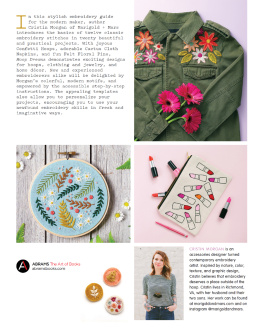
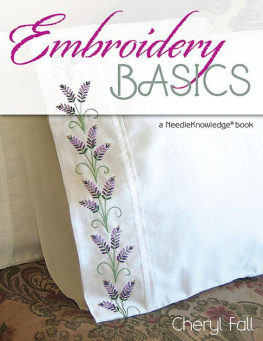


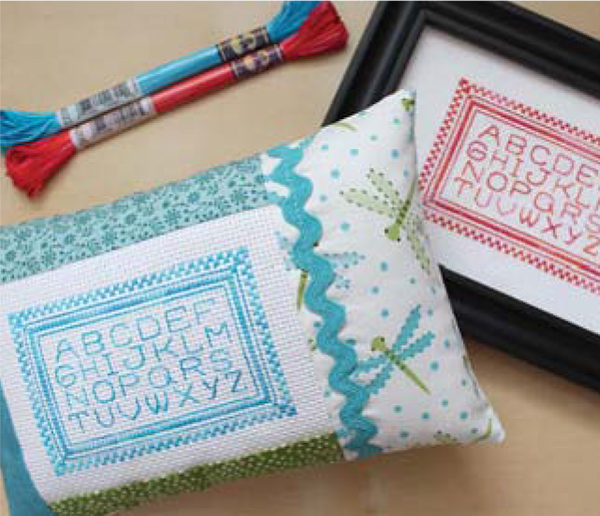
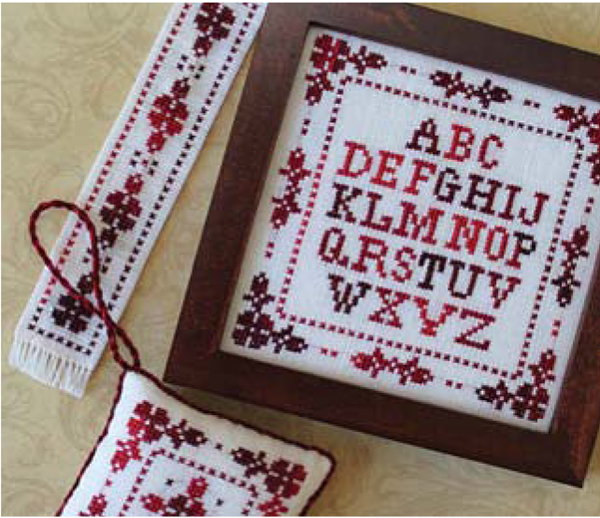
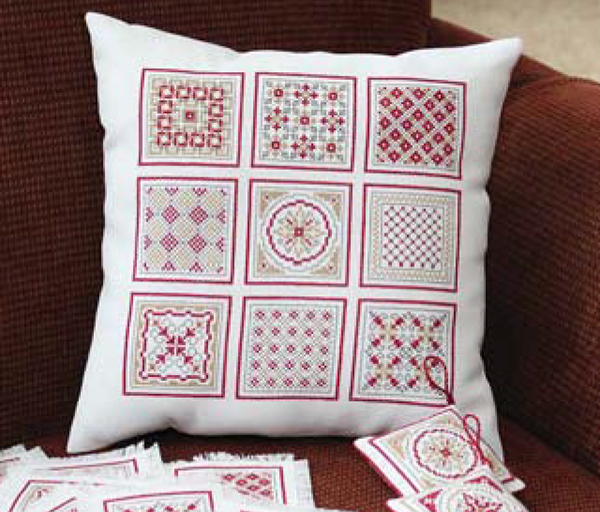
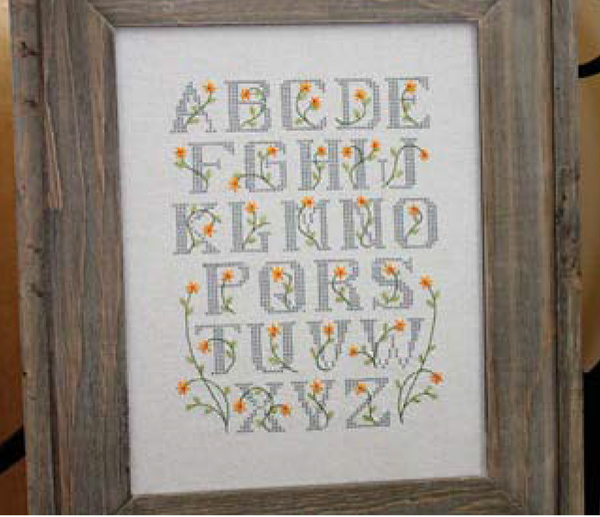
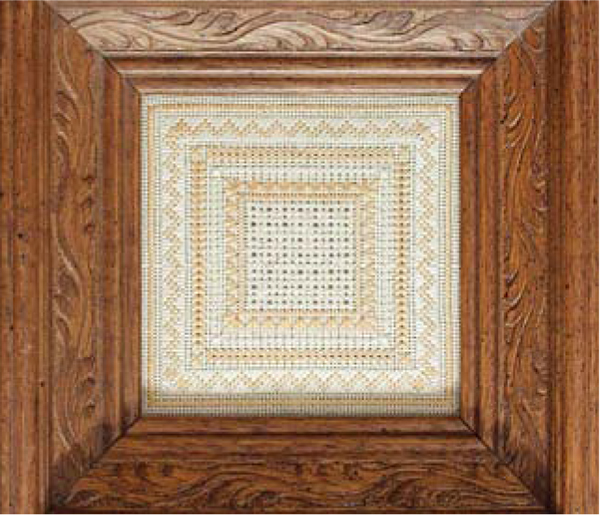

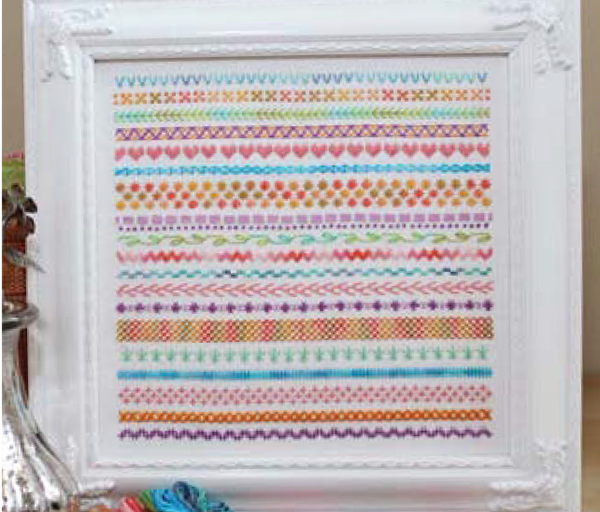
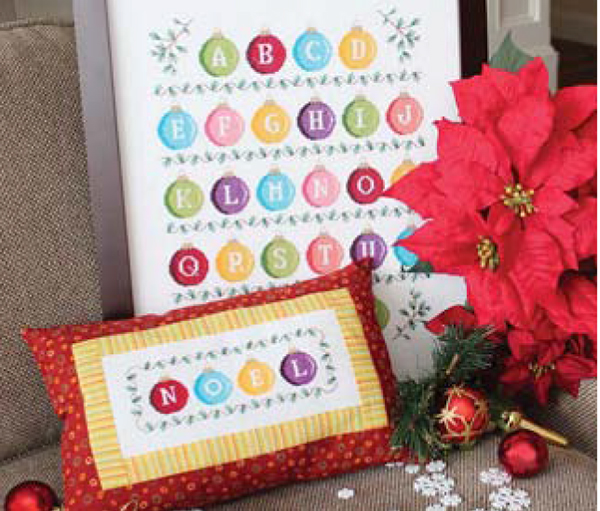
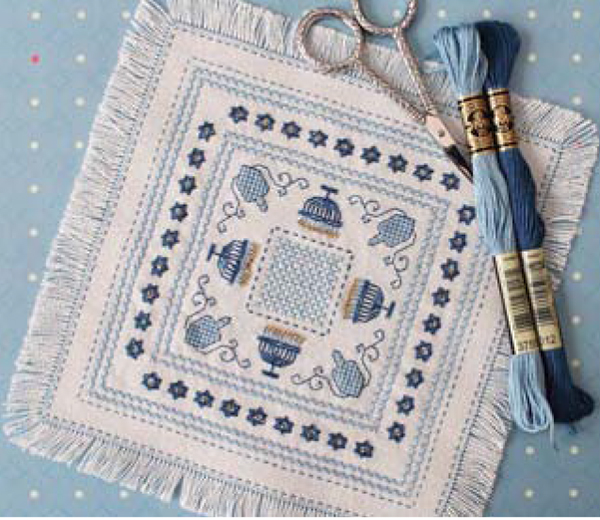
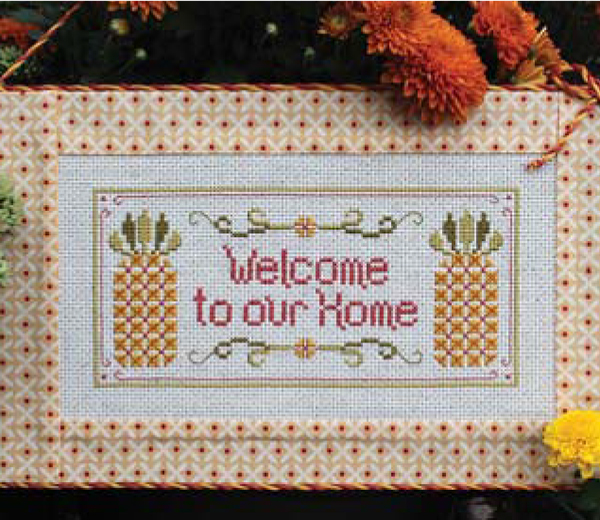
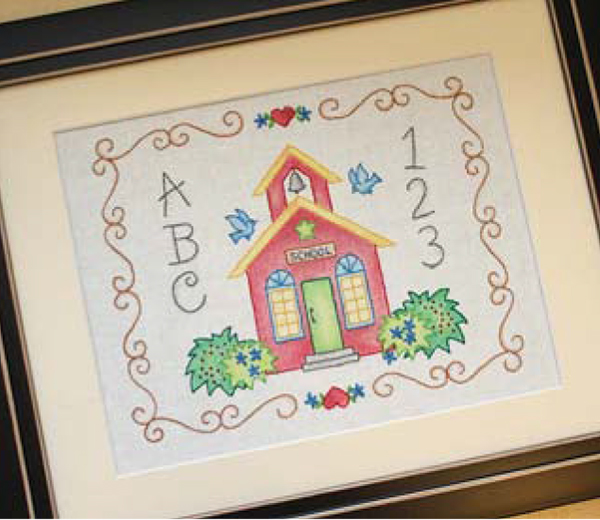

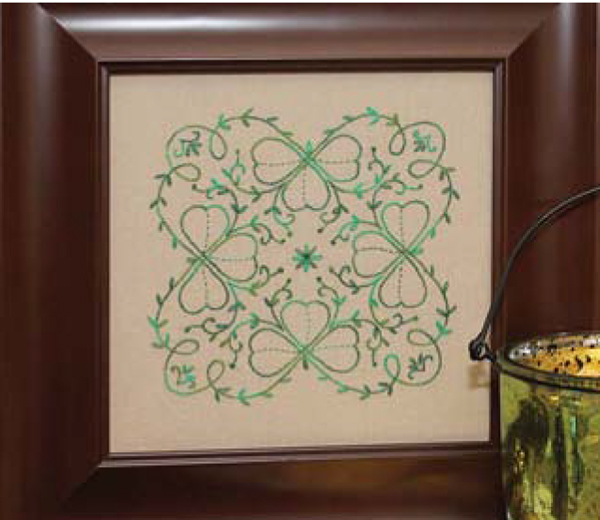
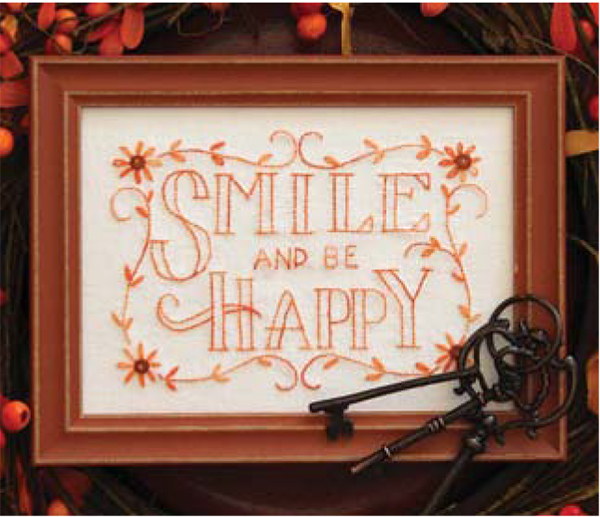
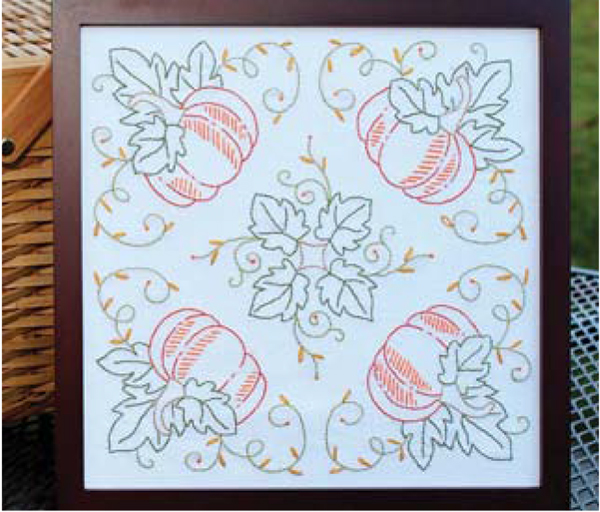



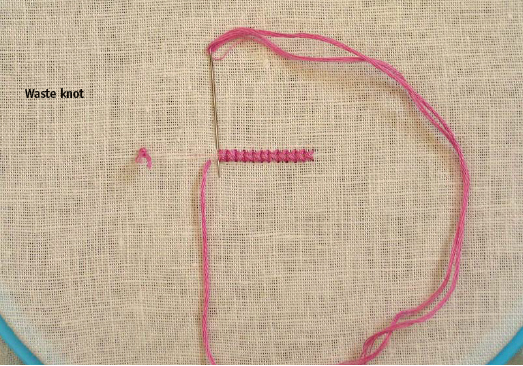

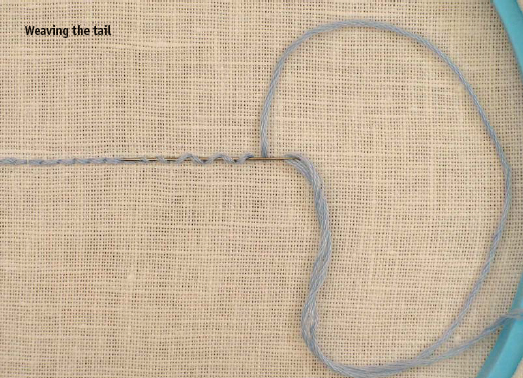
 6-count Aida yields a finished size of 10" x 13.33"
6-count Aida yields a finished size of 10" x 13.33"